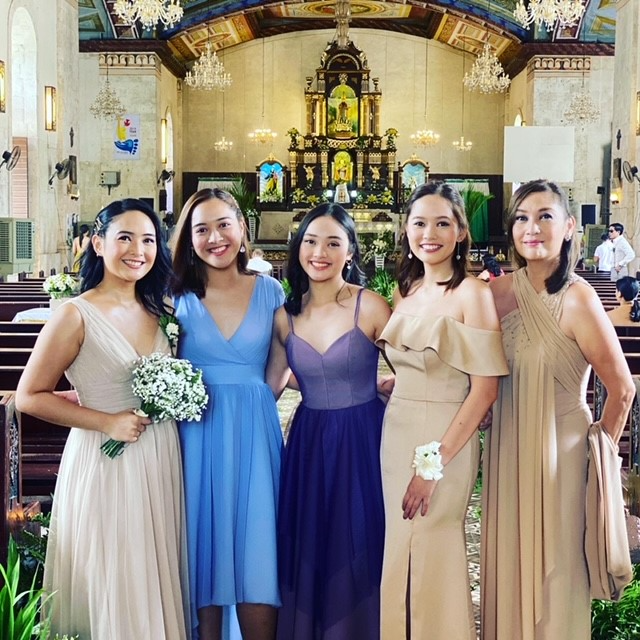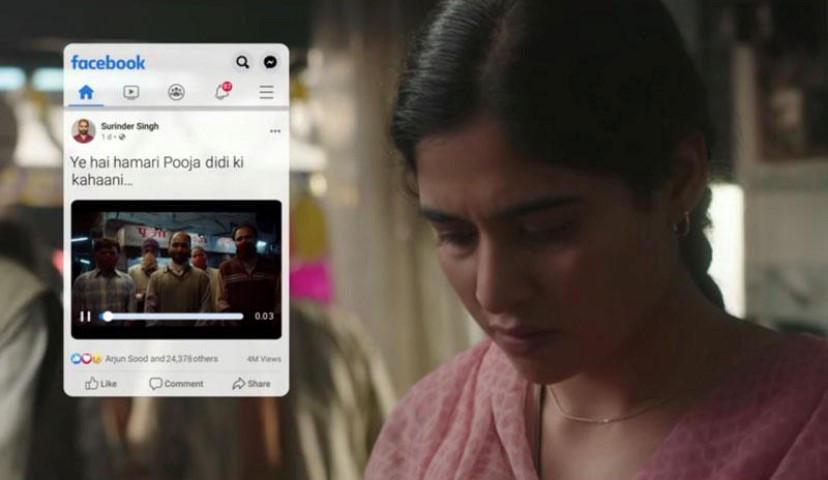Beyonce said it best when she sang, “Who run the world? Girls.”
From leading nations, to standing up for human rights, to running the world’s largest and most important organisations, women continue to shape the world through their leadership.
As part of dentsu’s Diversity and Inclusion (D&I) initiative, we sat down for a coffee with one of the most prominent female leaders in the Asia advertising world, Merlee Jayme, to find out more about how she broke through the glass ceiling, while raising four daughters.

Q: According to rankings by The Drum, you are one of eight women Chief Creative Officers to have joined the ranks globally. How did you break the glass ceiling of an industry which has traditionally been driven by testosterones?
Merlee: I didn’t do anything deliberate nor special to be honest. However, like all fellow women professionals in the C-suite, I made a conscious decision to put in extra effort in everything I do. From day one, I knew that I cannot enter a room of male executives and think I can just “wing it”. I try to be as conscientious as I can in everything that I do. I prepare, research and I work doubly hard.
Q: The creative industry in Asia has come a very long way. Even as recent as 10-15 years ago, senior Western expat executives used to openly say that the region was facing a severe creative talent crunch. Do you think Asia has caught up with the West and the Pacific? How so and why?
Merlee: I think it is the other way around. The world has FINALLY caught up with Asia. Up until a few years ago, the world was not ready for Asia. Oftentimes, in the past, I found myself being the sole Asian in a room of Westerners and all eyes would be on me to explain certain cultural nuances in Japan or China, even though I am Filipino.
Social media has played a huge role in the past decade in bridging the cultural gap and people have realised that there were so many great insightful pieces of work that have been created out of Asia in the past but they were not understood then.
Now, even with imperfect English, these ideas can win big time.
Q: What are some of the new creative trends/work you’d observed in the past year? Especially given the challenging 12 months brought on by the global pandemic. Which is your favourite and why?
Merlee: Some of the top trends we observed off the back of the pandemic was the speed of 5G due to a need for seamless virtual experiences (especially for sporting events, concert et al.). And of course, a focus on safety. Therefore, contactless technology was more important than ever.
There was also the rise in cottage-core industries, where people picked up cooking, baking and painting when their countries were locked down.
There were many campaigns that caught my attention in the past year but my favourite was “Pooja Didi”- a short film created by Taproot dentsu for Facebook India’s “More Together” campaign. The team beautifully told the story of 28-year-old Pooja, who leveraged on Facebook as her platform to find people who had lost their jobs at the onset of the pandemic. Pooja kept hiring these daily wage workers for her small family business, even though she didn’t need them. She did this through the hardest months of 2020, at great personal cost and later saw how those people she helped came together and came through for her, using Facebook to tell the world about her selfless, charitable act. This saved her small shop from the brink of closing down.
What I loved most about the campaign was that it also encapsulates female empowerment – which was something very close to my heart.

Watch the short film: https://www.youtube.com/watch?v=GXaeeqfHNHQ
Q: Off the back of Spikes, one of Asia’s most prominent creative awards festivals, what were some of your observations?
Merlee: There were quite a number of campaigns that addressed feelings and emotions due to the pandemic. As we were able to touch less, people found ways to feel more. The surge in campaigns addressing feelings and emotions was testament to the fact that brands now see the urgency to be a force for social good, to drive consumer connection. We also saw more campaigns of brands using virtual platforms and services, enabled by technology to drive results. Moving forward, I know for sure, that the industry will be geared toward redefining what a concert, a conference, an event, a game or even a class could be, when unconstrained by physical space.
Q: You are not only a Chairmom at work but you are also a mother to four daughters. How do you strike a balance between your professional and personal lives? Do you even get to sleep?
Merlee: It’s probably more appropriate to say that I integrate my professional and personal lives. When my daughters were younger, I would take them to work with me and my colleagues would play games with them. I did this so that they could see me in my work environment and wouldn’t hate my work. Would you believe my two older daughters have joined my industry and are my competitors now? They are both very creative and strong women which makes me very proud.
The other thing that is very important is for moms with careers to have a strong support system. I have a very supportive husband who takes over when I have very long work nights. My mother also played a big role in me striking the balance.
Q: Many young women in the industry look up to you and hence, we are curious to know. If there is one piece of advice you can give to your 18 year old self, what would that be?
Merlee: Be restless. Keep on challenging yourself and always stand for something. Keep on creating many ideas to genuinely make a difference in people's lives. Funny that my goal is to have a QR code on my tombstone to show the many things I've done in this world.
Q: How do you like your coffee?
Merlee: Strong and sweet. Like me.

